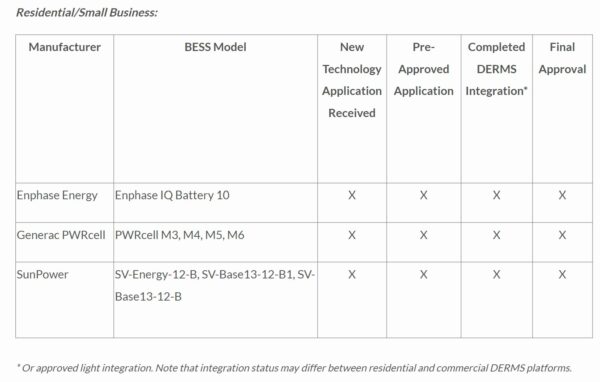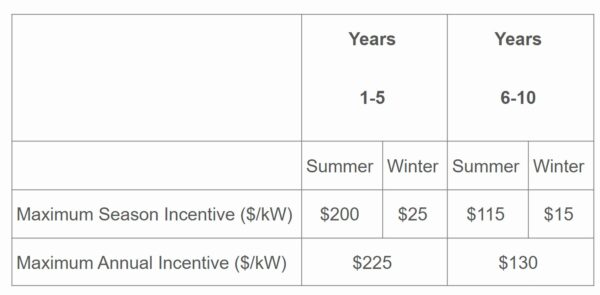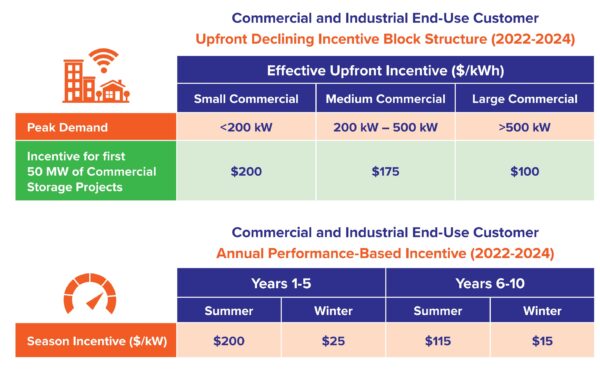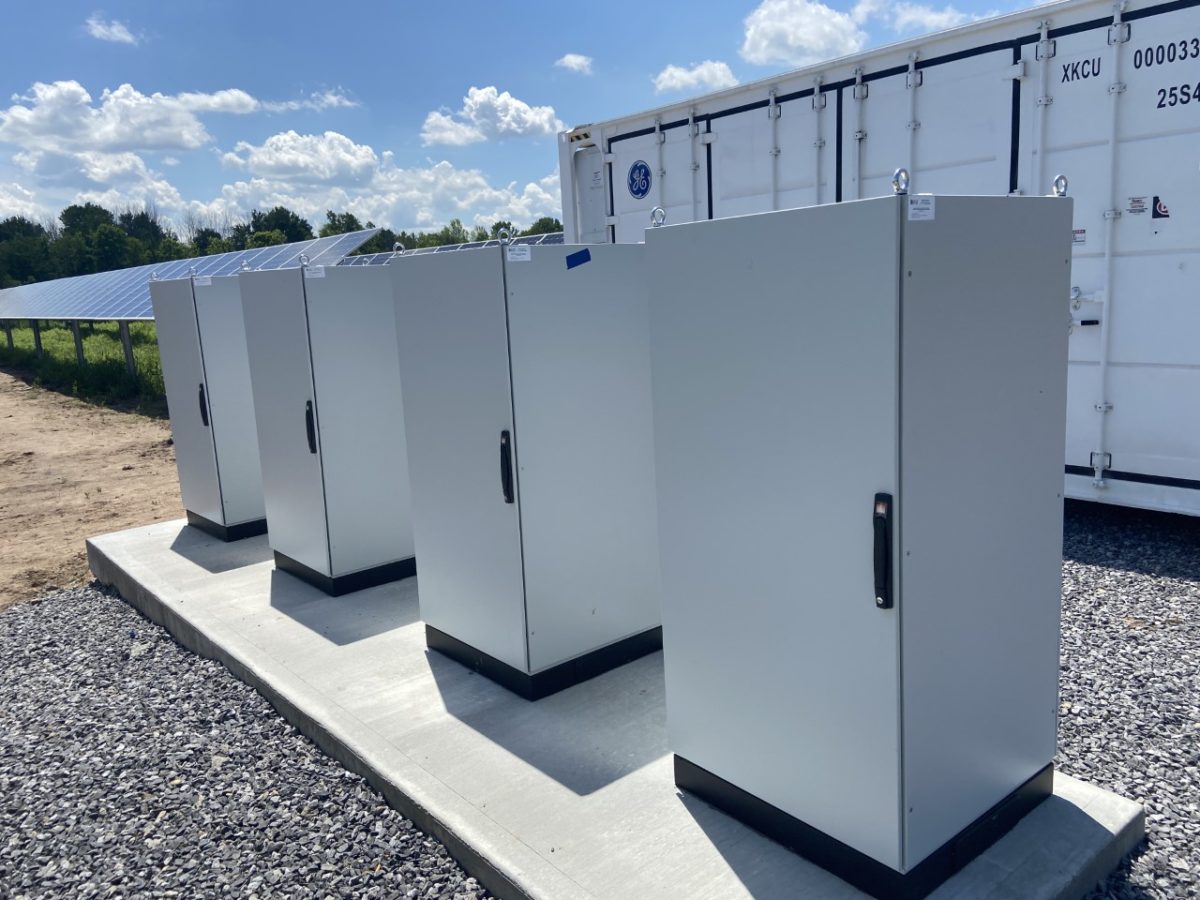Connecticut has initiated the second tranche of its statewide commercial energy storage program, aimed at incentivizing 100 MW of battery deployments while continuing to support its residential program.
In the first round, 46.4 MW of commercial and industrial energy storage was approved, with a total energy capacity of 139.4 MWh. The projects average 3 hours of capacity per hour of peak power output.
The residential program recently surpassed the 1 MW sign-up milestone and has ample space in its first round, which targets 10 MW of deployed capacity.
The program is managed by Energy Storage Solutions and administered by the Connecticut Green Bank. The state aims to deploy 1 GW of energy storage by 2030, with interim targets of 300 MW awarded by 2024 and 650 MW by 2027.

Residential customers can receive an upfront incentive of approximately $200 per kWh of battery capacity, with the maximum incentive capped at $7,500. Multiple batteries can be combined to achieve up to 37.5 kWh. Several other factors affect the final value, which can be found here.
To qualify, batteries must be accessible by local power companies for use during peak demand periods. Residential battery owners will be compensated based on when and if their systems are used during high-demand periods. The summer season runs from June to September, and the winter season from December to March. The batteries are expected to be used between noon and 9:00 PM.

Batteries from Enphase, Generac, and SunPower have been approved for the residential market. These units can be managed by inverters from Enphase, Sol-Ark, GoodWe and Shenzhen Lux Power.
The legislation also stipulates that low-income, underserved, and “grid edge” located customers qualify for additional incentives. The state has released a detailed map that shows where the edges of the grid are located.
Research by Dr. Christopher T. M. Clack of Vibrant Energy suggests that putting additional solar and storage at the edges of the grid would generate $473 billion in benefits nationally, with $109 billion in California alone.

The first tranche includes 27 projects submitted by six developers, with projects located in 20 towns across the Constitution State.
Of the 1 GW of capacity to be deployed, the law states that at least 580 MW must be located at the point of demand.
The energy storage program is part of Connecticut’s broader goal of achieving 100% clean energy production by 2040. As of 2030, 48% of the electricity sold within the state must come from renewable energy resources.
The commercial portion of the program aims to deploy 100 MW of capacity. Hardware from six manufacturers are approved: Cadenza Innovation, Caterpillar, Tesla, ELM Fieldsight, Milton CAT and Socomec.
For more on solar policy in Connecticut, read 50 states of solar incentives: Connecticut.
This content is protected by copyright and may not be reused. If you want to cooperate with us and would like to reuse some of our content, please contact: editors@pv-magazine.com.








By submitting this form you agree to pv magazine using your data for the purposes of publishing your comment.
Your personal data will only be disclosed or otherwise transmitted to third parties for the purposes of spam filtering or if this is necessary for technical maintenance of the website. Any other transfer to third parties will not take place unless this is justified on the basis of applicable data protection regulations or if pv magazine is legally obliged to do so.
You may revoke this consent at any time with effect for the future, in which case your personal data will be deleted immediately. Otherwise, your data will be deleted if pv magazine has processed your request or the purpose of data storage is fulfilled.
Further information on data privacy can be found in our Data Protection Policy.